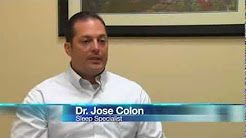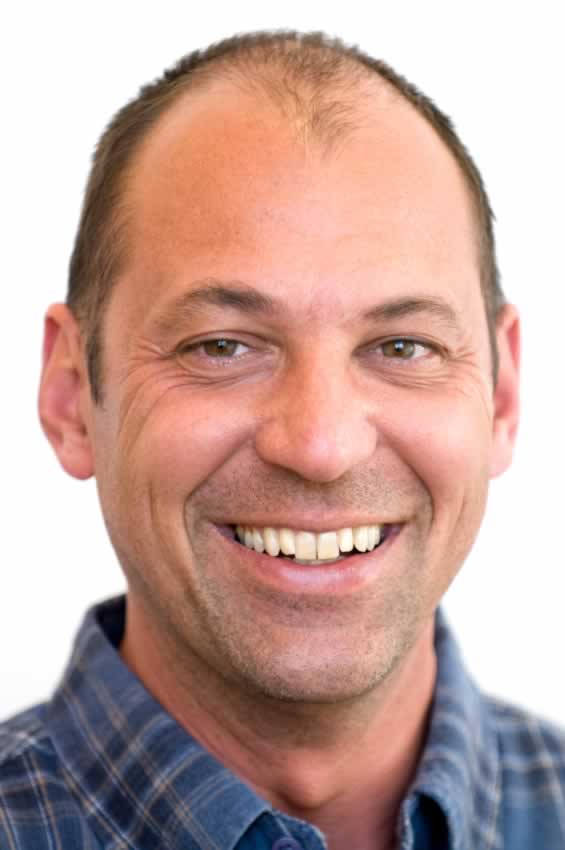This field is truly multidisciplinary, with providers having education and training in diverse areas of medicine, including family medicine, internal medicine,
Jun 3, 2015. Increasingly negative intra-thoracic pressures during inspiration that lead to arousals and sleep fragmentation. • Events may not meet scoring criteria for obstructive apnea or hypopnea. • Gas exchange unaffected. Upper Airway Resistance Syndrome. (UARS).
Oct 3, 2012. Several weeks ago, the American Academy of Pediatrics published a new set of guidelines on the evaluation and management of obstructive sleep apnea (OSA) in children. I did a Q&A session on the Massachusetts General Hospital for Children website regarding the implications of the new guidelines.
A child who exhibits behavior problems or difficulty. an underlying undiagnosed sleep-related breathing disorder known as obstructive sleep apnea (OSA). Dr. Stephen Sheldon, professor of pediatrics at Northwestern University.
Attention deficit hyperactivity disorder (ADHD) is a mental disorder of the neurodevelopmental type. It is characterized by problems paying attention, excessive.
~Sleep disturbances, including obstructive sleep apnea syndrome (OSAS), are common in children and can result in significant health problems if left untreated.
Clinical Practice Guideline for Screening and Management of High Blood Pressure in Children and Adolescents
About Sleep Apnea Obstructive sleep apnea (OSA)—also referred to as obstructive sleep apnea-hypopnea (OSAH)—is a sleep disorder that involves cessation or significant decrease in. Focuses on obstructive sleep apnea. Discusses causes, including narrowed airways and obesity. Covers symptoms like snoring, gasping during sleep, and daytime sleepiness. Info on treatment with CPAP and oral or nasal breathing devices. *
Apr 29, 2016. ear-nose-throat~The American Academy of Pediatrics (AAP) shares a video explaining how snoring and sleep disorderslike sleep apnea are treated in children.
OBJECTIVES: This revised clinical practice guideline, intended for use by primary care clinicians, provides recommendations for the diagnosis and management of the.
Diagnosis and management of childhood obstructive sleep apnea syndrome. Published By American Academy Of Pediatrics; Categories Diagnosis, Evaluation, Management, Risk Assessment, Screening, Treatment · More.
The Owner-Operator Independent Drivers Association said it plans to appeal a court’s decision to dismiss its lawsuit that alleged the FMCSA bypassed the.
The American Academy of Pediatrics (AAP) clinical practice guideline on diagnosis and management of childhood obstructive sleep apnea syndrome provides a nonspecific recommendation to obtain overnight PSG to confirm the diagnosis of SDB.2 In addi- tion to identifying the presence of SDB, PSG also helps define its.
Sleep apnea increases risk of driving crashes when left untreated. This study examined the driving performance decrements of untreated, undiagnosed sleep apnea.
Anosmia Central Sleep Apnea Adenoids In Children And Sleep Apnea Can any child have sleep apnea? Dr. Dubose: It’s a fair percentage of kids that will have obstructive sleep apnea and the majority of kids that have obstructive sleep apnea are caused because they have big tonsils or adenoids. With. In children particularly, sleep apnea can lead to irritability.
 The Many Benefits of Breastfeeding (Resources. – The AAP outlines 15 recommended breastfeeding practices and a number of statements on the role of pediatricians in promoting and protecting breastfeeding. Among other.
The Many Benefits of Breastfeeding (Resources. – The AAP outlines 15 recommended breastfeeding practices and a number of statements on the role of pediatricians in promoting and protecting breastfeeding. Among other.
Introduction. Obstructive sleep apnea (OSA) has now been widely recognized as a major public health concern with numerous and widespread societal consequences that.
Pediatric Care Online is continually updated and regularly enhanced, such as when new policies and recommendations are published by the American Academy of Pediatrics.
Nov 2, 2017. This case series examines whether hypoglossal nerve stimulation is safe and effective in children with Down syndrome and obstructive sleep apnea. Study participants meeting inclusion criteria then underwent hypoglossal nerve stimulator implantation using standard techniques, which have been.
Now, a large whole-genome study published in Molecular Biology and Evolution.
